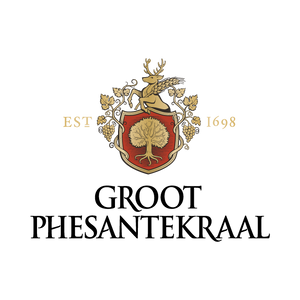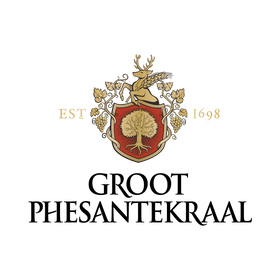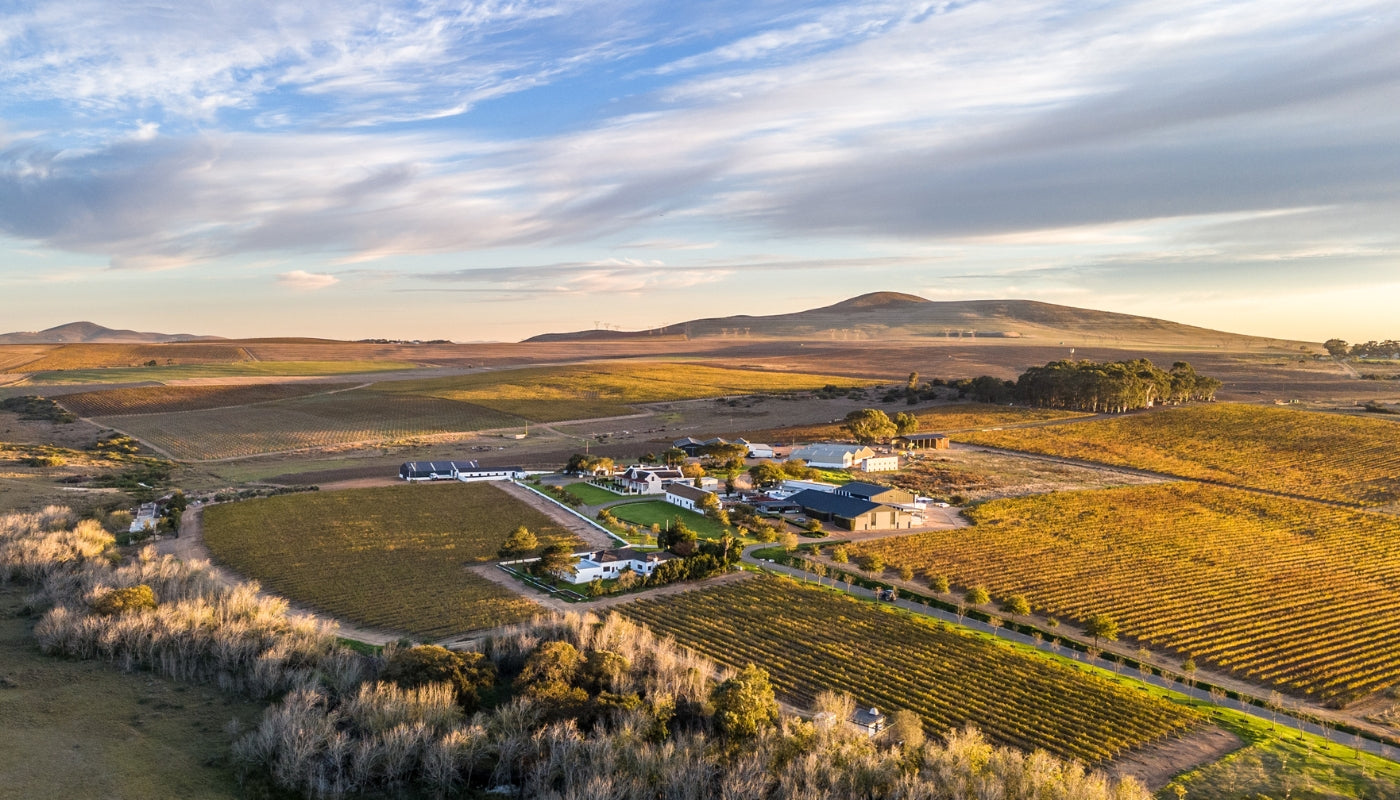
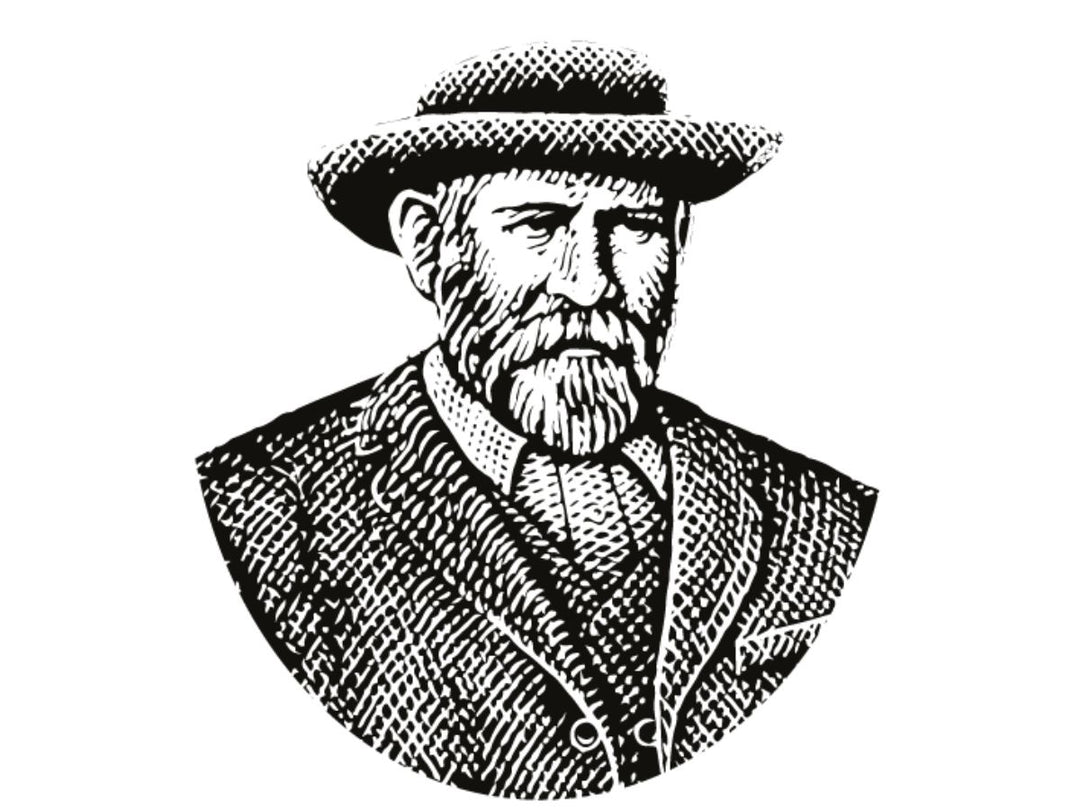
A Legacy Rooted in 1698
Groot Phesantekraal’s journey began in 1698, when the land was granted to Captain Olof Bergh by Governor Simon van der Stel. Bergh, a well-known explorer and VOC official, brought prestige and personality to the property. His wife, Anna de Koning, was the daughter of freed slave Angela of Bengal, and her story is deeply intertwined with the land’s legacy. Anna became a prominent figure in Cape society and was among the first women of colour to own property in the colony — including the land that is today Groot Phesantekraal.
This foundational narrative is not only one of early Cape history but also of resilience, social transformation, and enduring heritage.
Four Generations of Brink Family Stewardship
Since 1897, when Arend Brink acquired the farm, Groot Phesantekraal has been under the dedicated care of the Brink family. Arend, originally from the Cape, ventured north as a transport rider between the diamond and gold fields before settling on this farm on the outskirts of Durbanville.
The current custodians, André and Ronelle Brink, represent the fourth generation of Brinks to oversee the estate. In the late 1990s, they initiated a transformative phase by planting 50 hectares of vineyards, diversifying the farm's operations beyond its traditional cattle, sheep, and grain production.
Their children have also embraced the family's agricultural legacy:
- Arend Daniel Jacobus (Rennie) Brink: Holds an accounting degree from Stellenbosch University and manages the business aspects of the farm.
- Jean Andre Jordaan (Jeandre) Brink: An agricultural graduate who oversees the livestock and game divisions.
- Marizanne Brink: Recently completed her studies in Industrial Engineering and has embarked on her professional career.
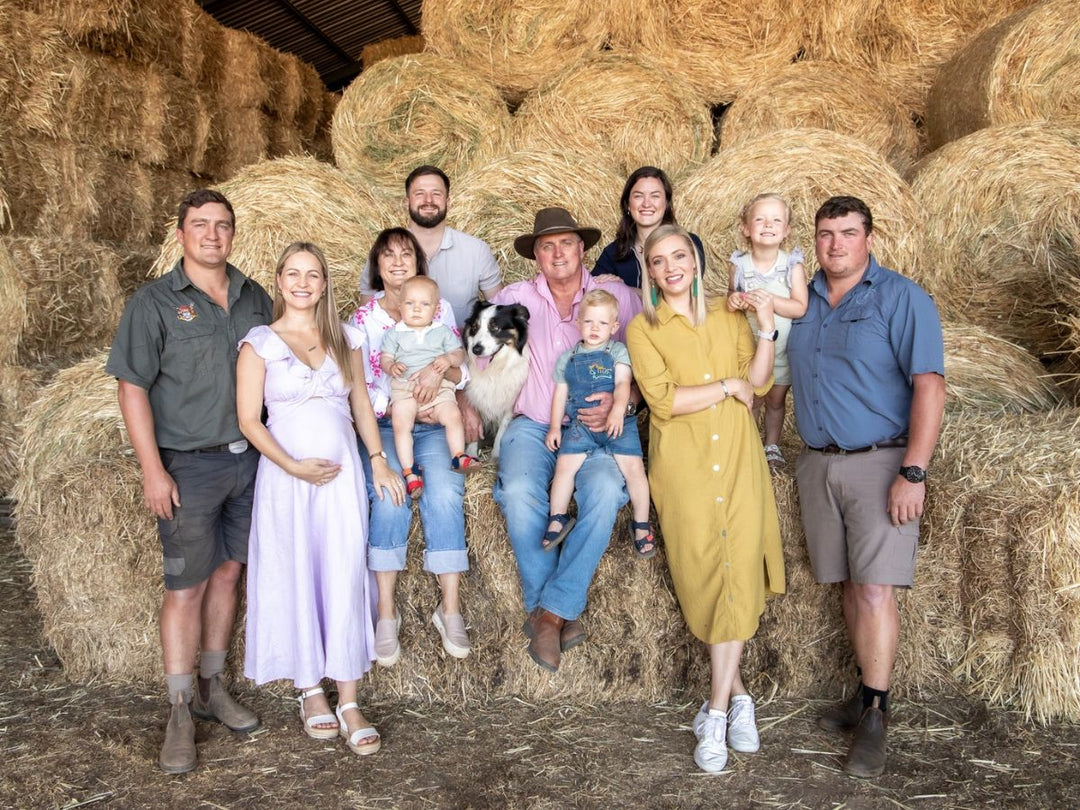
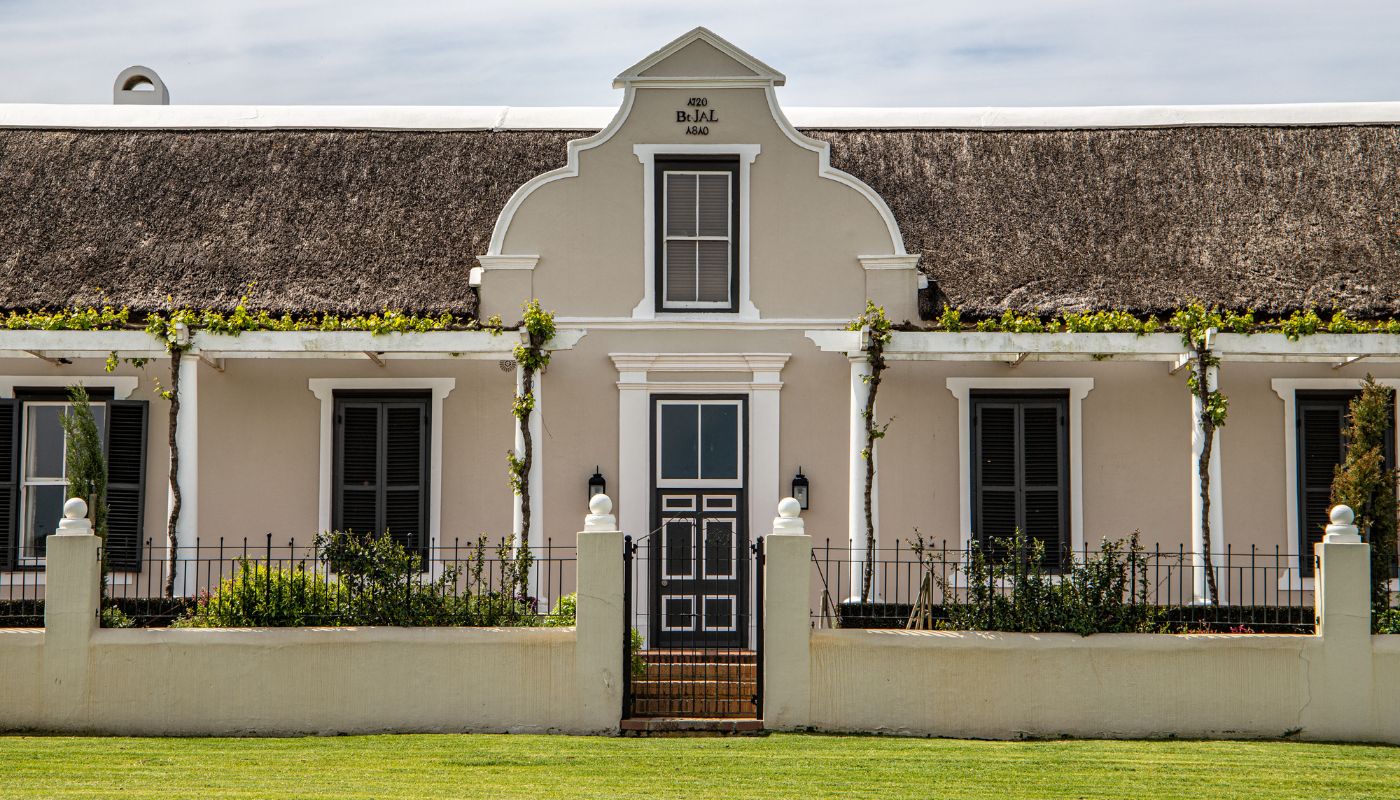
The family resides in the original manor house, dating back to 1720, which they meticulously restored in 2002, preserving its historical essence while adapting it for modern living.
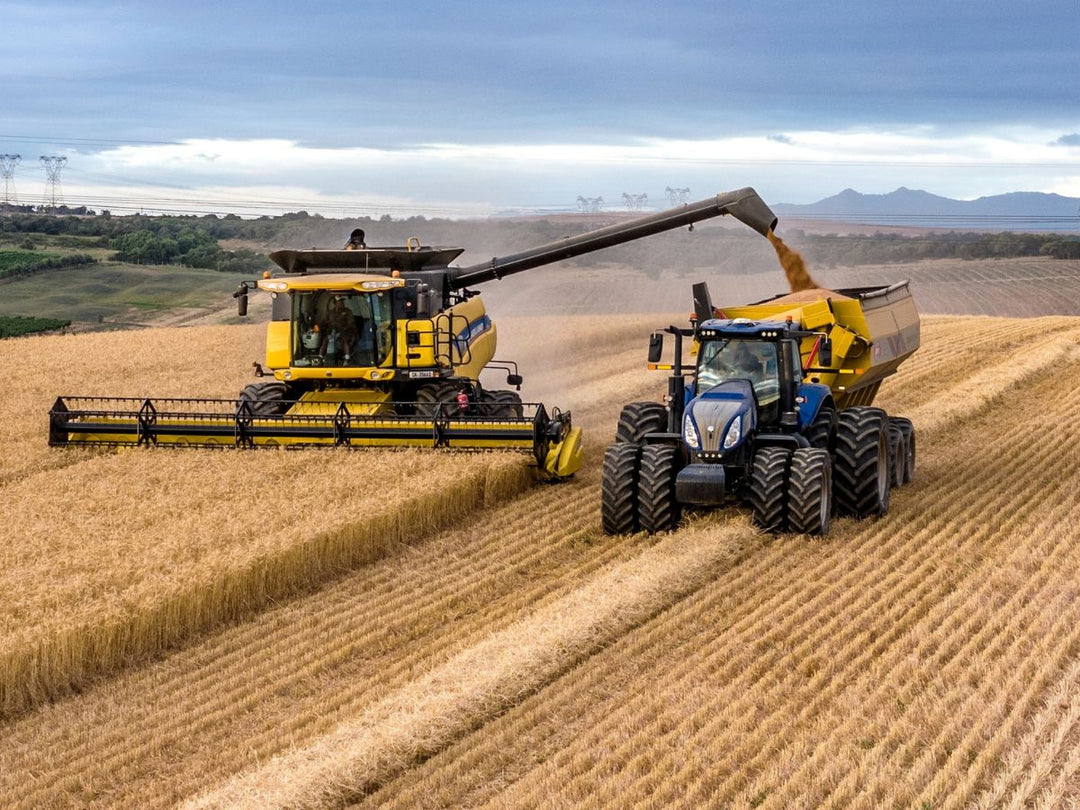
A Working Farm, Alive With Purpose
Today, Groot Phesantekraal remains a fully operational farm, encompassing vineyards, grain fields, cattle, and sheep. Every element plays a vital role — from cultivating quality wheat and canola to breeding free-range cattle and producing hay and feed to support the animals.
The farm’s multi-faceted operations support biodiversity and a healthy agricultural ecosystem, grounded in both productivity and care.
Crafting Wine with Character
Groot Phesantekraal’s boutique winery, launched in 2005, is the heart of its contemporary identity. With 30 hectares of vineyards planted to varieties such as Sauvignon Blanc, Chenin Blanc, Cabernet Sauvignon, and Syrah, the estate produces wines that reflect the cool Durbanville terroir.
The winery is housed in a converted stable and utilizes a hands-on winemaking approach, combining modern techniques with a respect for the fruit. Under the guidance of our winemaker, Richard Schroeder, each bottle captures the essence of the farm’s unique soils, slopes, and story.

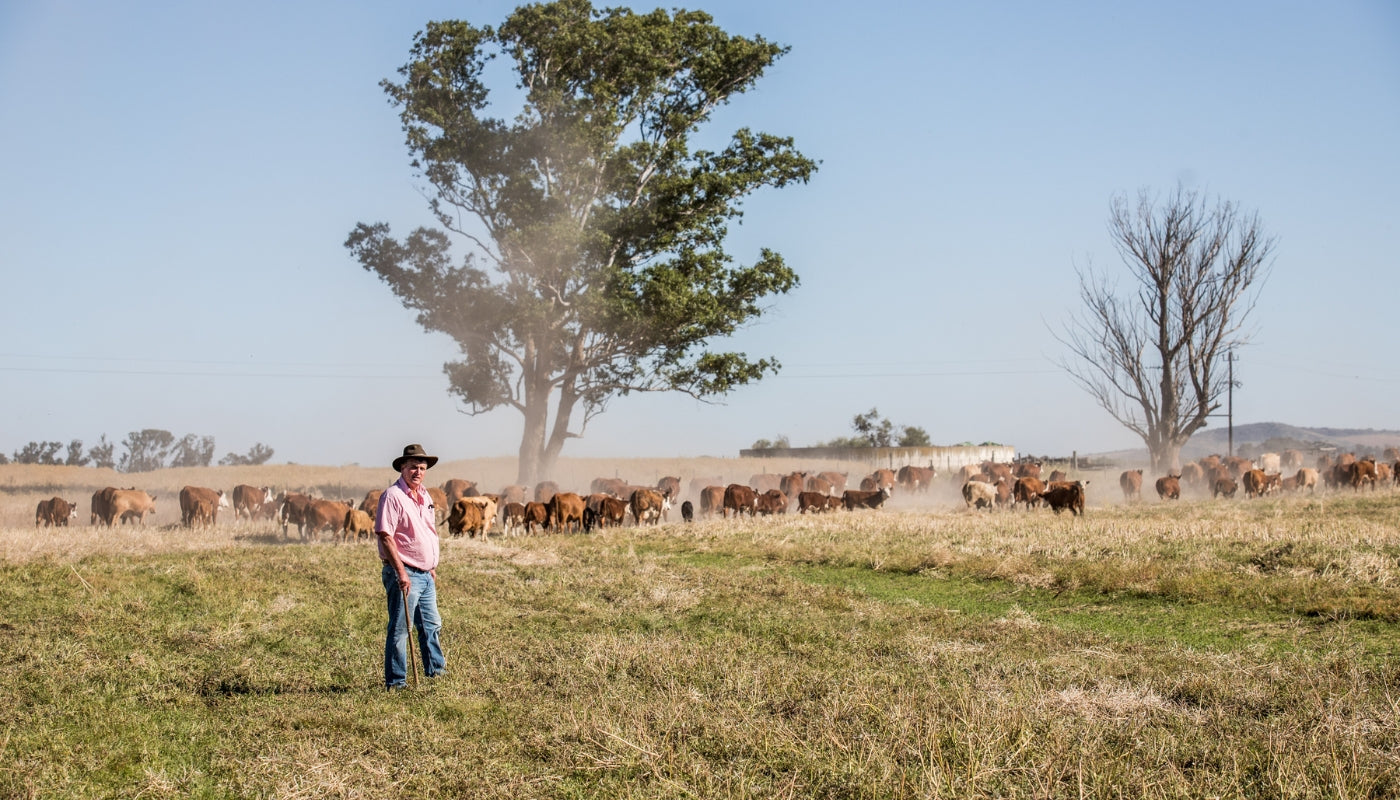
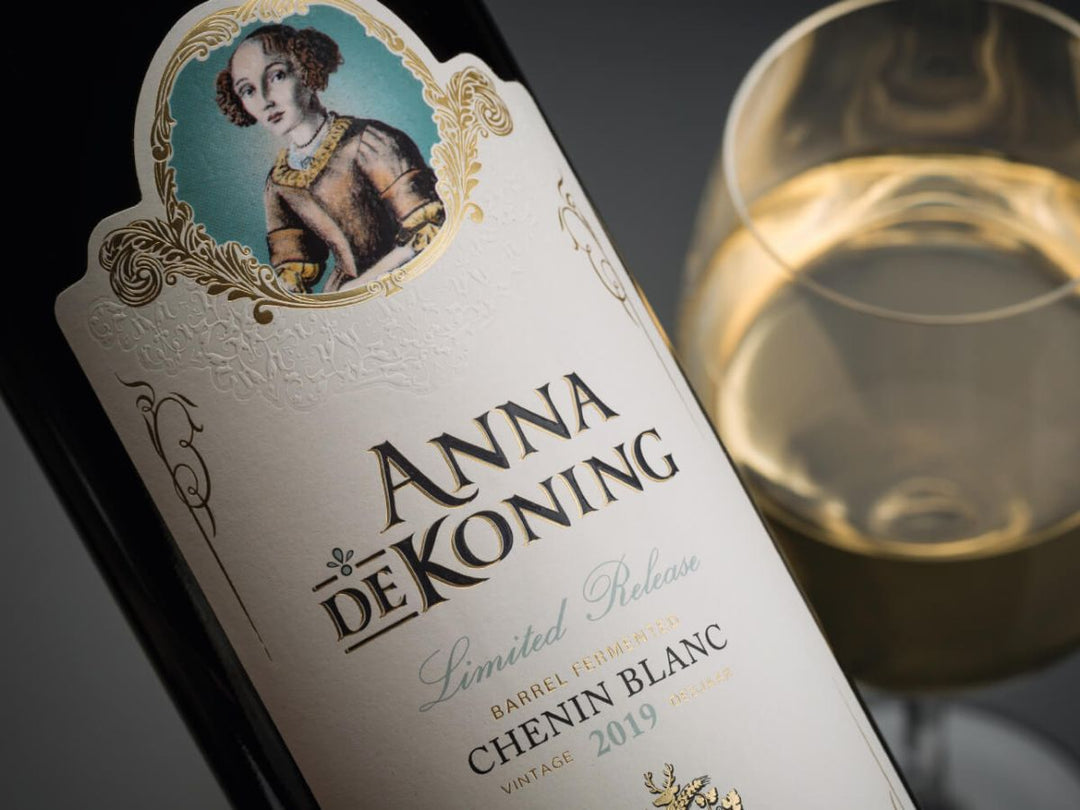
Honouring Anna de Koning
One of the most remarkable figures in Groot Phesantekraal’s story is Anna de Koning — born into slavery but rising to become one of the most influential women in Cape history. Her legacy lives on through the land she once called home and in the stories still shared across generations.
Anna’s presence reminds visitors that this is more than just a farm — it is a place of memory, heritage, and possibility.
